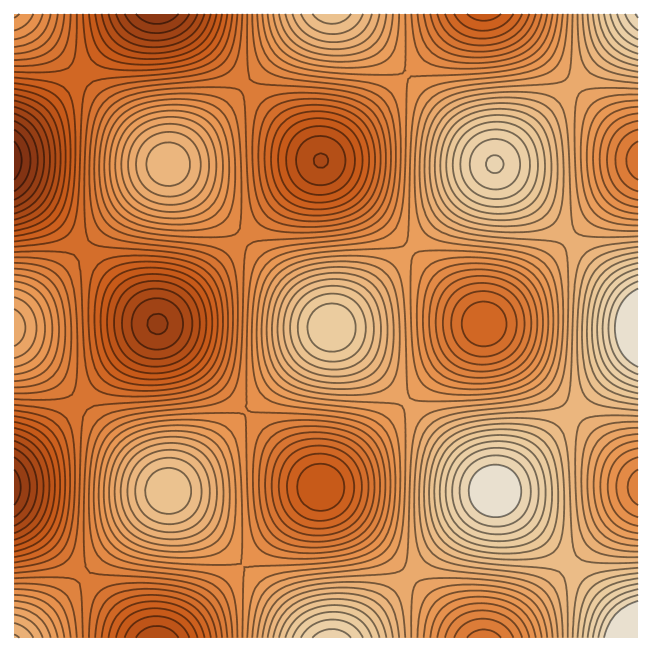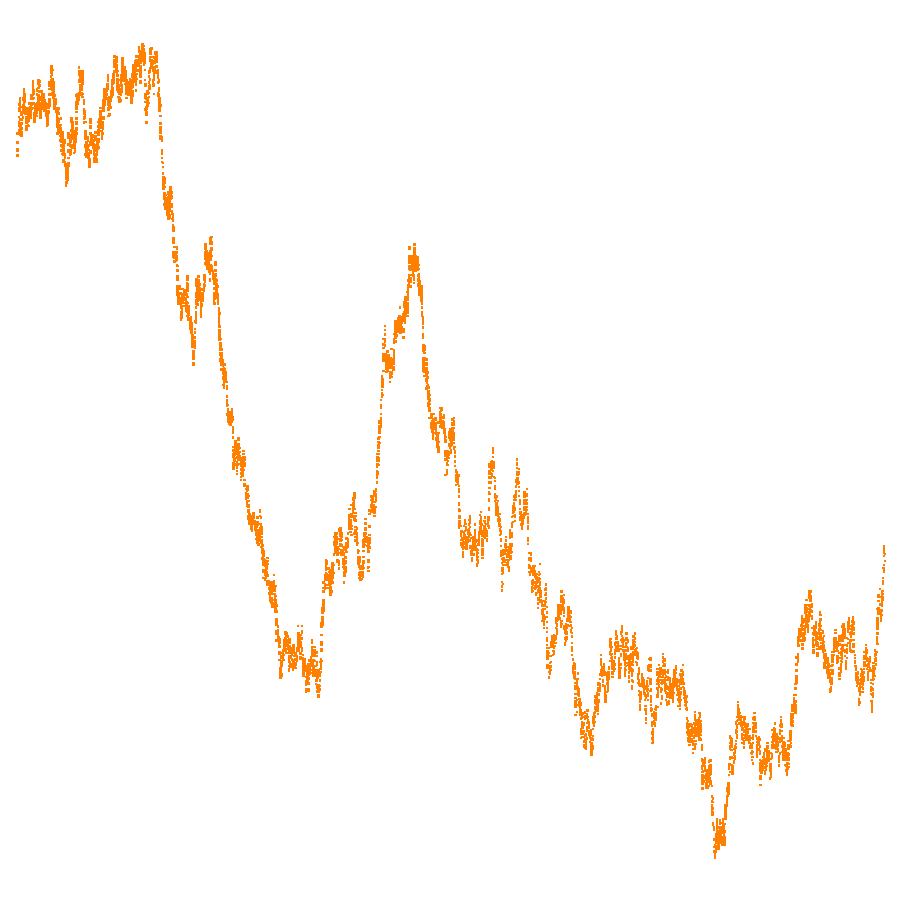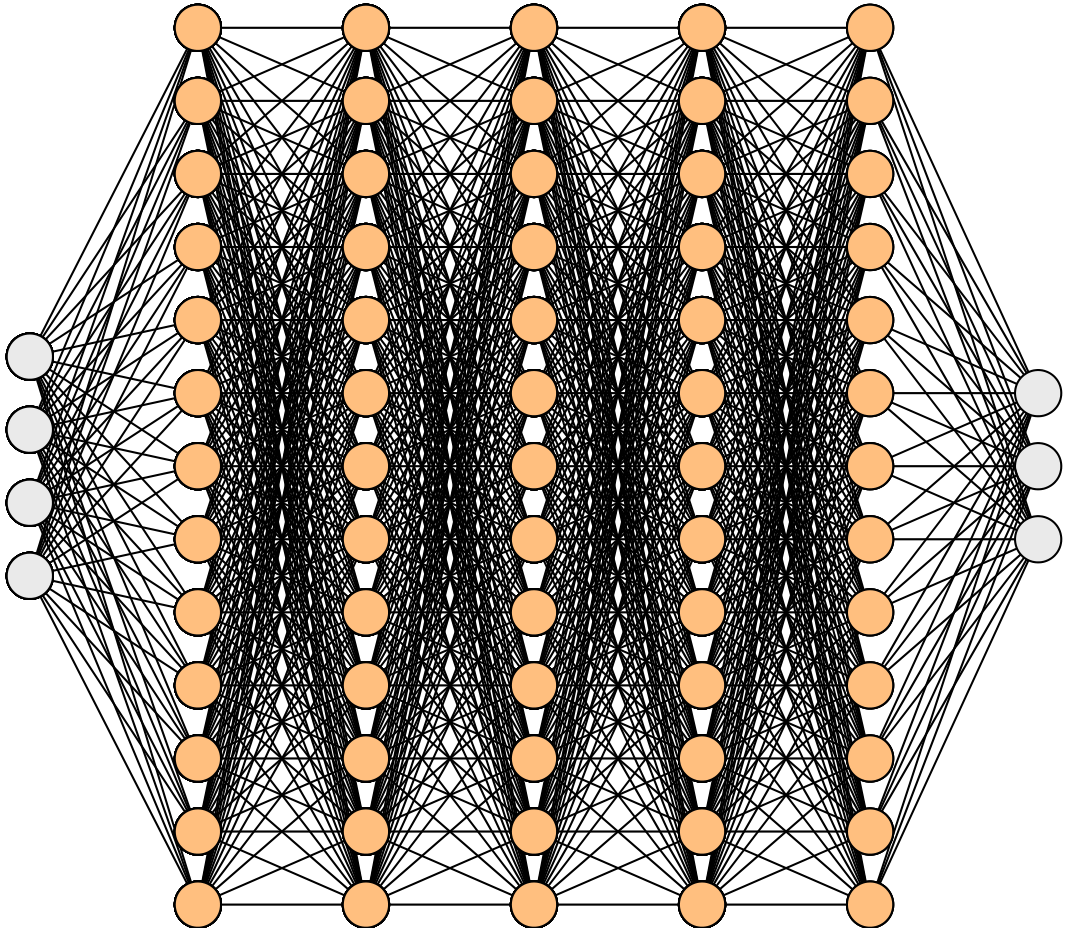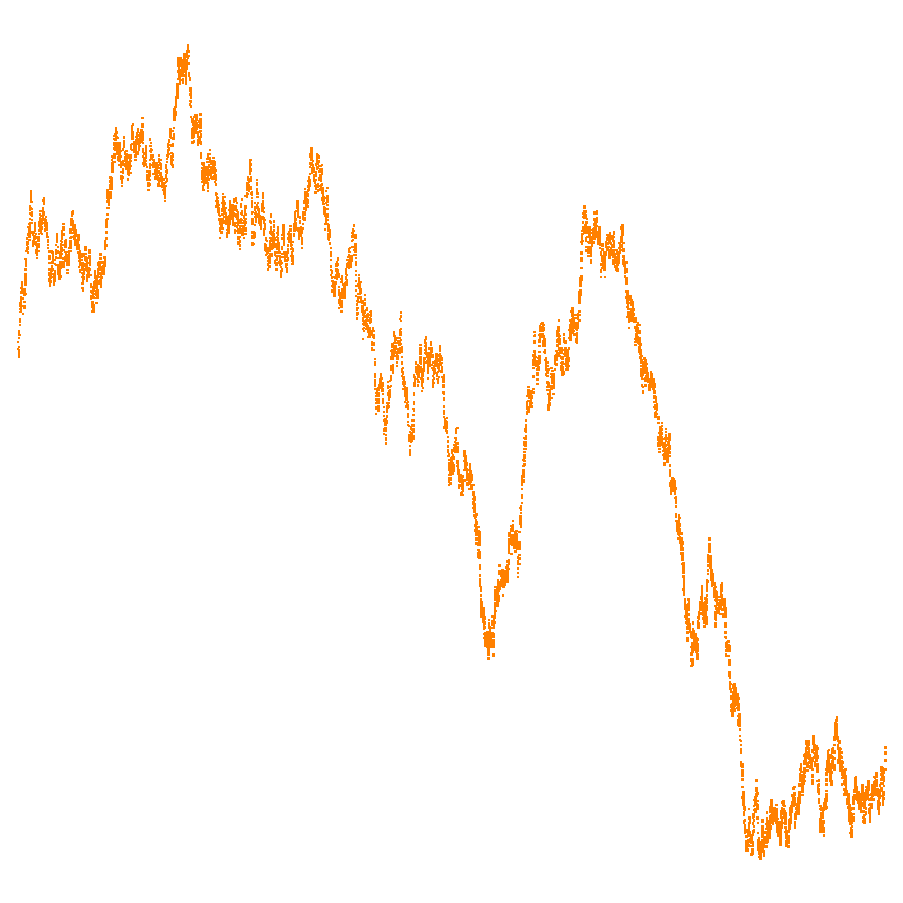Thomas Pietraho
Research Interests
- Representation theory and related combinatorics.
About the image: Machine learning models can sometimes reproduce results from pure mathematics; a challenge is interpreting the mechanism by which they do this. Above is a visualization of a hidden layer from a neural network that has learned how to multiply permutations in the symmetric group S5 . To compute the product c= ab, the network learns the left coset of c with respect to each of the six dihedral subgroups of order 10. Since these subgroups intersect trivially, c is identified uniquely. Each image in the sequence represents a left coset partition of S5 with respect to a different dihedral subgroup; each petal a different permutation.
Courses
Please see the courses website for links to additional courses.
Publications
Drafts of and links to the following articles are available on my personal web page.
- Orbital Varieties and Unipotent Representations of Classical Semisimple Lie Groups, PhD Thesis, MIT.
- Components of the Springer Fiber and Domino Tableaux, Journal of Algebra, 272 (2):711-729, 2004. arXiv:math.RT/0210416
- A Relation for Domino Robinson-Schensted Algorithms, Annals of Combinatorics, 13 (4):519-532, 2010. arXiv:math.CO/0603654.
- Orbital Varieties and Unipotent Representations Attached to Spherical Orbits, arXiv:math.RT/0603685
- Cells in the Weyl Groups of type B(n), Journal of Algebraic Combinatorics, 27(2):247-262, 2008. arXiv:math/0607231
- Cells and Constructible Representations in Type B, New York Journal of Mathematics 14:411-430, 2008. arXiv: 0710.3846
- Knuth Relations for the Hyperoctahedral Groups, Journal of Algebraic Combinatorics, 29(4):509-535, 2009.
- Module Structure of Cells in Unequal Parameter Hecke Algebras, Nagoya Mathematical Journal, 198(2010). arXiv:0902.1907
- Sign under the domino Robinson-Schensted maps, Annals of Combinatorics 18 (2014). arXiv:1301.1356.
- On the Sign Representations for the Complex Reflection Groups G(r,p,n) (with A. Mbirika and W. Silver), Beitrage zur Algebra und Geometrie 57, 2016. arXiv:1303.5021.
- Kazhdan-Lusztig left cells in type B for intermediate parameters (with E. Howse). arXiv:1902.09301.

Education
- PhD, Massachusetts Institute of Technology
- MS, University of Chicago
- BA, University of Chicago




